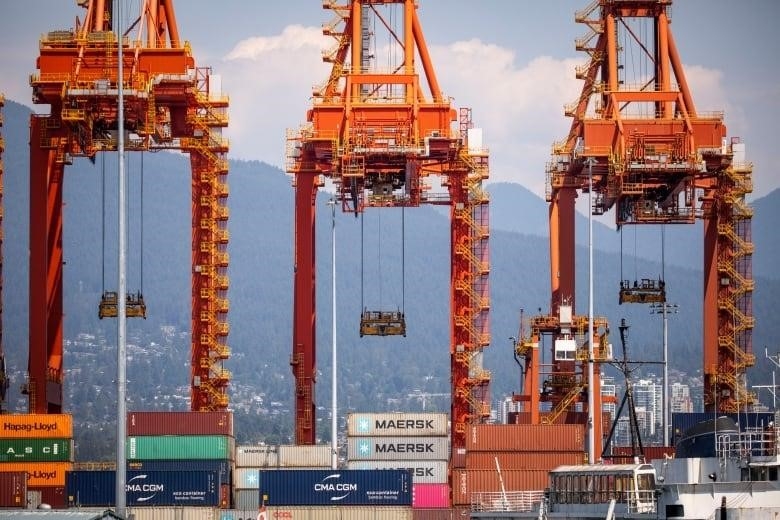
Here are some important questions about the B.C. port workers’ strike and how it might affect your business
As a strike by port workers in British Columbia (B.C.) continues, businesses big and small are worried about how it will affect Canada’s economy.
Industry groups say that the strike by 7,400 waterfront workers will slow down shipments, run down stock, and raise prices on goods that are in shorter supply.
Here are some important questions about the B.C. port workers’ strike and how it might affect your business..
Do you want to know more about the port strike? Email [email protected]
Why are port workers striking?
Dock workers walked off the job on Saturday before they could reach an agreement on wages, outsourcing, and automation.
The International Longshore and Warehouse Union (ILWU) Canada said that the use of contractors is taking away from its power over maintenance. It said that the fact that the employers won’t agree to “one sentence” of a maintenance document is a major point of disagreement.
The B.C. Maritime Employers Association (BCMEA) said on Tuesday that the union is trying to “aggressively expand” its control over maintenance duties far beyond an agreement that the association said has been “legally well established for decades.”
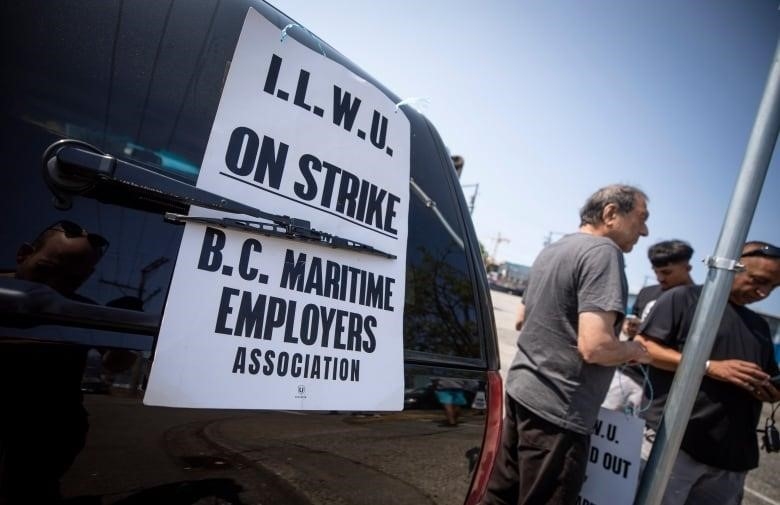
How does it affect the ports?
About 7,400 terminal cargo loaders and 49 waterfront employers in more than 30 B.C. ports, including Canada’s busiest, Vancouver, are affected by the strike.
According to the BCMEA website, member terminals will handle 16 percent of all goods traded by Canada in 2020, which will add $2.7 billion to the national GDP.
The Vancouver Fraser Port Authority says that the Port of Vancouver has 29 major terminals and handles the most diverse range of cargo in North America. It’s about the same size as the next five biggest Canadian ports put together, and it’s a gateway to more than 170 trading economies around the world.
The government of British Columbia says that Prince Rupert, on the northwest coast of the province, is home to Canada’s third-largest seaport, which handles more than 30 million tonnes of cargo each year.
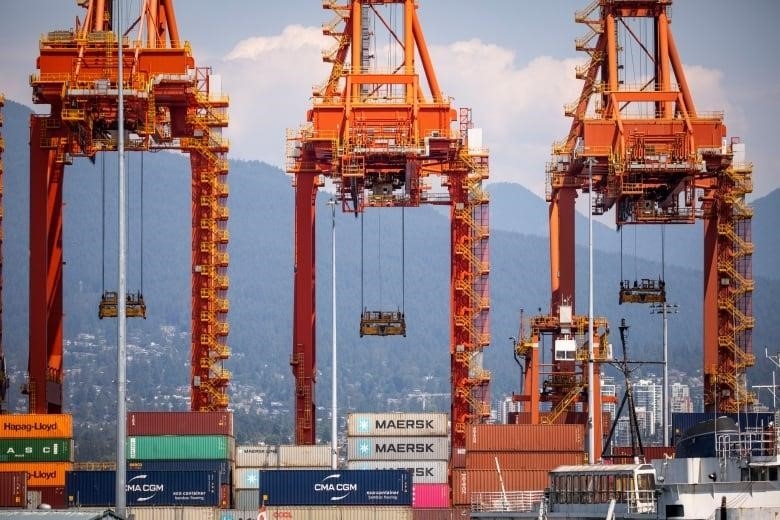
What kinds of businesses are impacted?
Fraser Johnson, a professor of operations management at Western University’s Ivey Business School, calls the Port of Vancouver a “gateway to the East.”
“The big products would be things for the home and for consumers, like electronics, clothing, appliances, building materials, cars from Japan and Korea, car parts so that dealerships can fix cars, and business equipment and machinery,” Johnson said.
Jeff Nankivell, president and CEO of the Asia Pacific Foundation of Canada, told CBC that potash, canola, wood pulp, and sulfur are among the goods that go through the Port of Vancouver on their way to Asian markets.The Early Edition on Wednesday.
How will this affect my finances?
Bob Ballantyne, who used to be president of the Freight Management Association of Canada and is now a senior adviser there, said that consumers could eventually pay more for everything from clothes to cars.
“Because so many retail goods come from East Asia these days—from China, Vietnam, and Korea—this will have a big effect on retailers and consumers,” Ballantyne told The Canadian Press.
“The pinch will be felt across the board in the Canadian economy as a whole.”
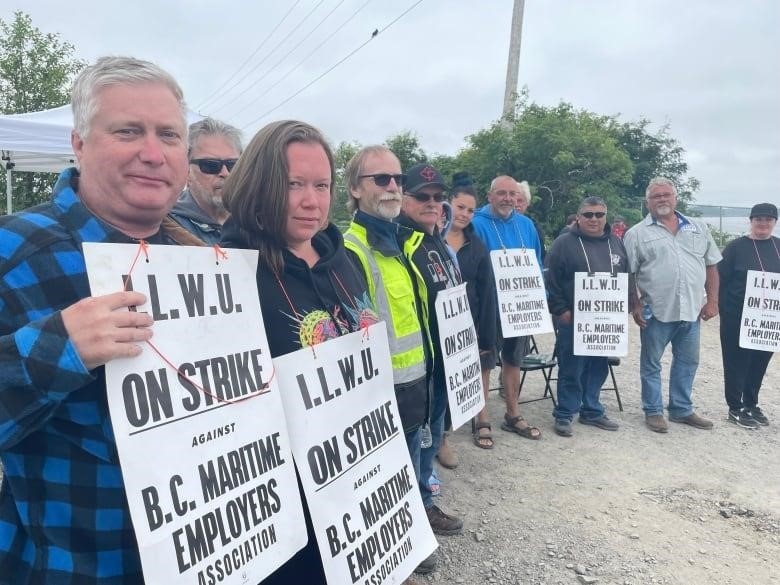
What does this mean for the economy of Canada
Werner Antweiler, who is in charge of international trade policy at the Sauder School of Business at the University of British Columbia, thinks the damage to the economy will be at least $250 million per week.
“Usually, businesses can get by fine for the first week or two. After that, it gets worse because some businesses will run out of stock and find it hard to get more,” Antweiler told The Canadian Press.
Trevor Heaver, a professor emeritus at UBC’s Sauder School of Business, says that when port workers go back to work, the industry will have to play catch up because of the strike.
“Think about the problems the railroads are going to have,” he said. “They have a backlog of containers to move, and people are in a hurry. They also have bulk goods that need to be moved, so there will be a lot of costs related to congestion, and the longer this goes on, the worse that will be.”
Dennis Darby, who is in charge of the trade group Canadian Manufacturers and Exporters, says that small and medium-sized businesses will be hurt the most because they have less money and staff.
What kind of long-term effects could a long strike have?
Nankivell said that a long strike could change Canada’s reputation in the international market, which is very competitive.
He brings up the possibility that, if the strike goes on for a long time, buyers of products that can be found elsewhere will “look to diversify their supplies away from Canada.”
“It probably also has an effect on how much Canadian exporters can charge for their goods in the long run if there is a perception that Canadian suppliers are risky,” he said.
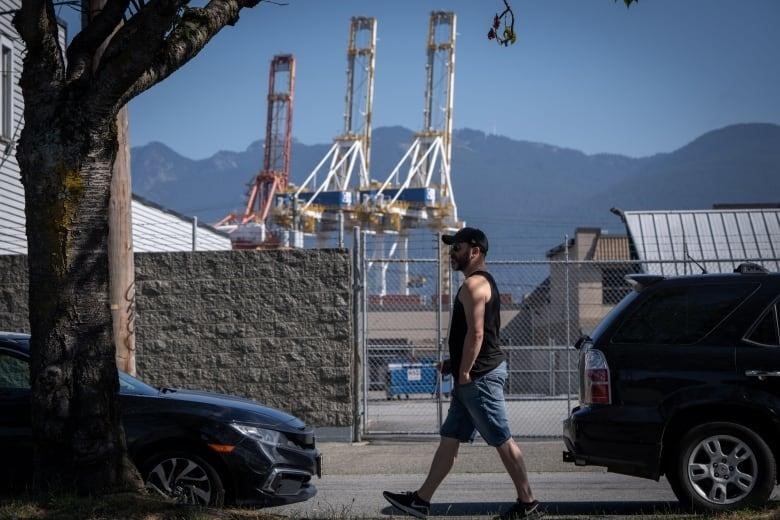
Will the government make workers who went on strike go back to work
Alberta’s Minister of Transportation has asked the federal government to call back Parliament to discuss “back-to-work” laws that would end the strike at B.C. ports.
In a Tweet, Federal Minister of Labour Seamus O’Regan said that federal mediators “continue to support” both sides in the talks.
He said, “Collective bargaining is hard work, but that’s how the best, most durable deals are made.”
Professor emeritus of industrial relations at UBC, Mark Thompson, says that government intervention after only a few days of labor action would send the wrong message.
“The Trudeau government has been firm about labor disputes, saying that they should be settled at the bargaining table and not in Parliament,” he told CBC News.
Nankivell says it’s very important for both sides to come up with a “permanent solution” to their labor dispute.
“Most of the time, those come from a solution that both sides agree on, rather than one that is forced on them, which might only be a temporary fix,” he said.
